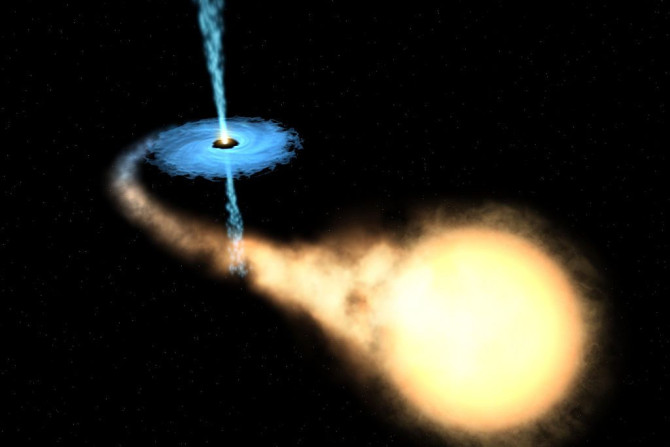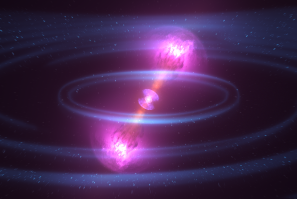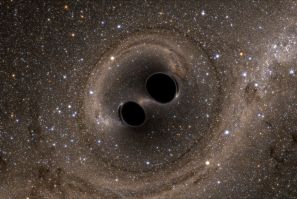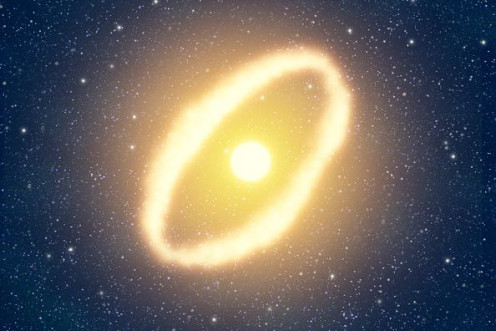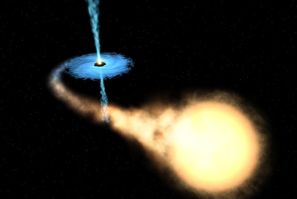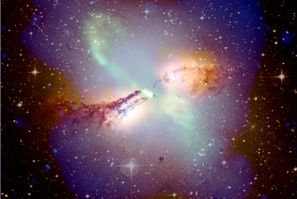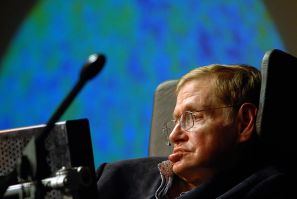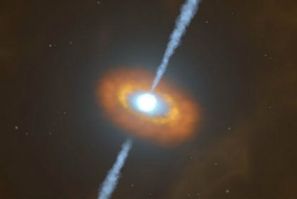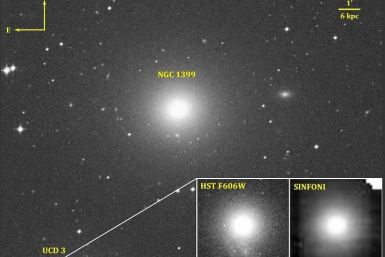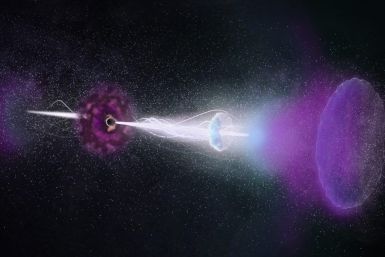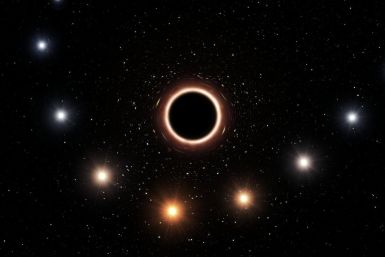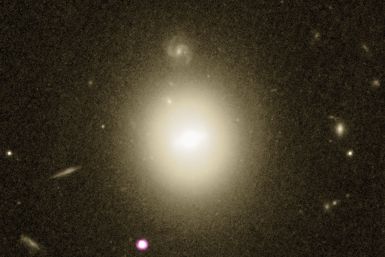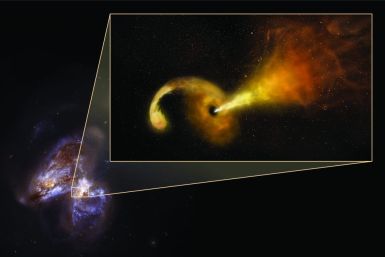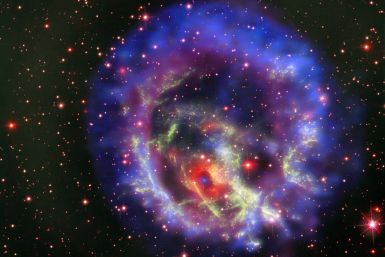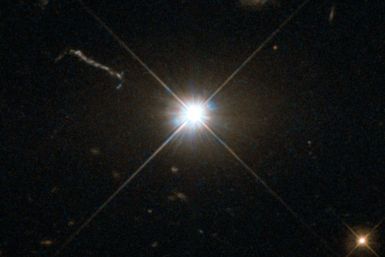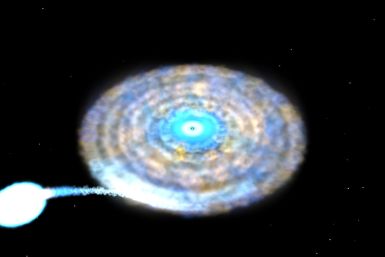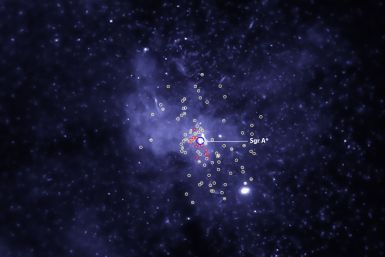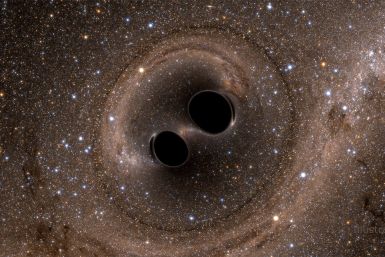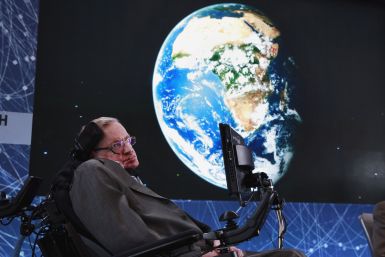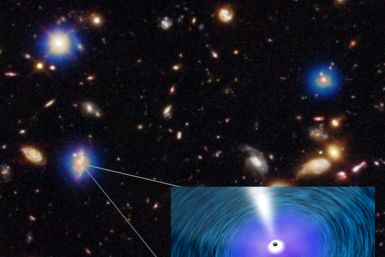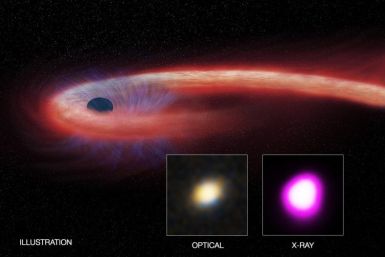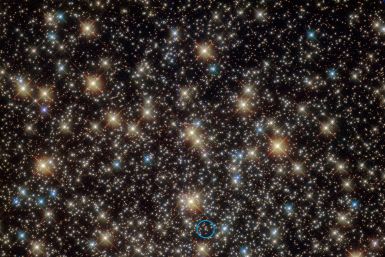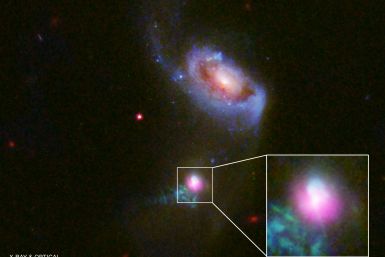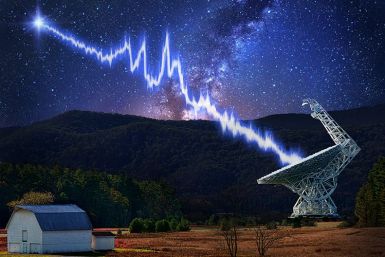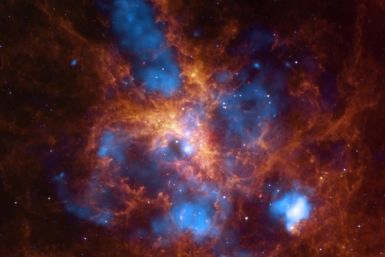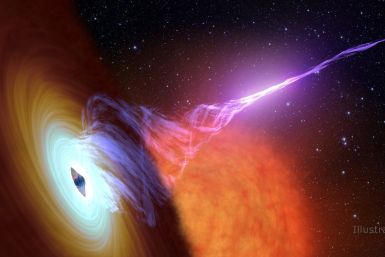The black hole is just as big as the one found at the center of our Milky Way galaxy.
The finding of the latest work could help scientists understand the stellar-mass black hole and its surrounding environment.
A gamma-ray burst detected in 2016 gave astronomers a chance to explore the outflow of energy from the exploded star.
Weighing as much as four million suns, the black hole carries a strong gravitational field, which makes one of the most challenging conditions to test theories of gravitational physics.
First red nuggets were observed around ten years ago with NASA and ESA's Hubble Space Telescope.
The researchers detected a large flare as the black hole shredded the star in a distant galaxy.
Supermassive black holes are known to devour everything with their powerful gravitational tug – a fact that spelled doomed fate of the stellar body.
The mysterious objects were spotted in 12 years’ worth of data collected by the W. M. Keck Observatory in Hawaii.
The neutron star has low magnetism and is rich in oxygen, and is the first without another star for a companion to be found outside the Milky Way.
This black hole is growing so rapidly that it's shining thousands of times more brightly than an entire galaxy.
The discovery of the X-ray pulsar in the binary system was made using NASA’s Neutron star Interior Composition Explorer (NICER) mission, which was installed on the International Space Station in June 2017.
NASA’s Chandra X-ray Observatory has found evidence for thousands of black holes within three light-years of Sagittarius A*, the supermassive black hole at the Milky Way’s center.
The new method is a thousand times more sensitive than previous gravitational-wave detecting techniques.
The British scientist, who died at the age of 76, was known for his pioneering work on black holes and relativity.
The rate of growth of the biggest supermassive black holes in the universe is much faster than the rate at which new stars are born in the massive galaxies that host them.
Following the merger of two galaxies, the supermassive black hole at the center could be consuming stars at a rate 10,000 times faster than previous predictions.
A star orbiting the black hole was displaying very erratic movement, which led scientists to deduce the presence of the black hole whose gravity was affecting the star.
A supermassive black hole didn’t say “excuse me” when it burped twice during its 100,000-year-long meal.
Black holes eat up material from the discs swirling around them and then belch out radiation and particles in powerful jets that wobble around.
FRB 121102 is the only known repeating fast radio burst observed, but scientists know very little about its exact nature or the environment that caused it.
New research on the Large Magellanic Cloud shows that there are more supersize stars there than researchers ever expected.
All massive galaxies have supermassive black holes at their centers, and those behemoths are over a million times more massive than the sun.


